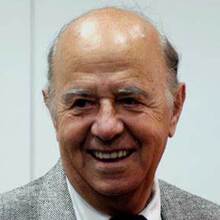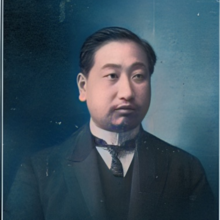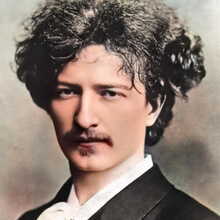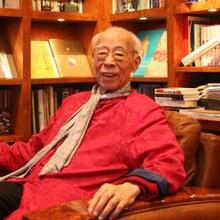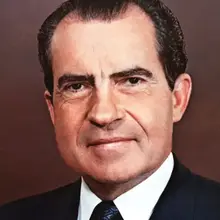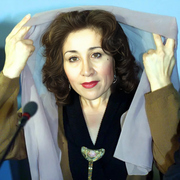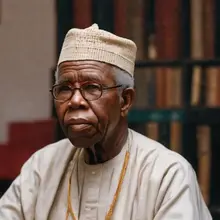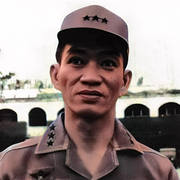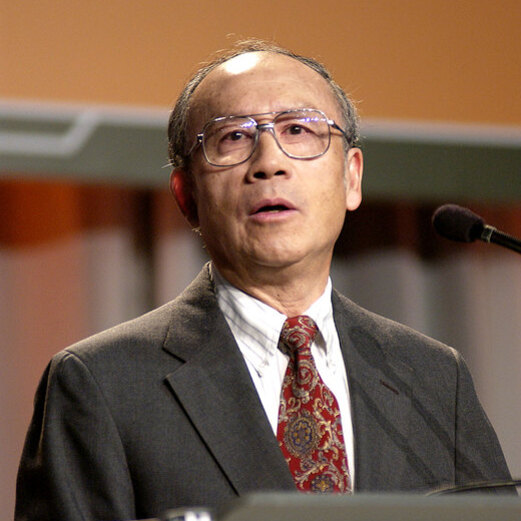
Personal
Other names:
Job / Known for:
Microwave, laser and optical communication
Left traces:
Lightwave technologies and systems
Born
Date:
1931-07-07
Location:
CN
Nanjing, Jiangsu Province
Died
Date:
2012-12-27 (aged 81)
Resting place:
US
Snowbird, Utah
Death Cause:
Cardiovascular disease
Family
Spouse:
Edith Wu Li
Children:
Parent(s):
Chao Li and Lily Hsieh
QR Code:
Show More
Article for Tingye Li
Died profile like Tingye Li
Comments:

